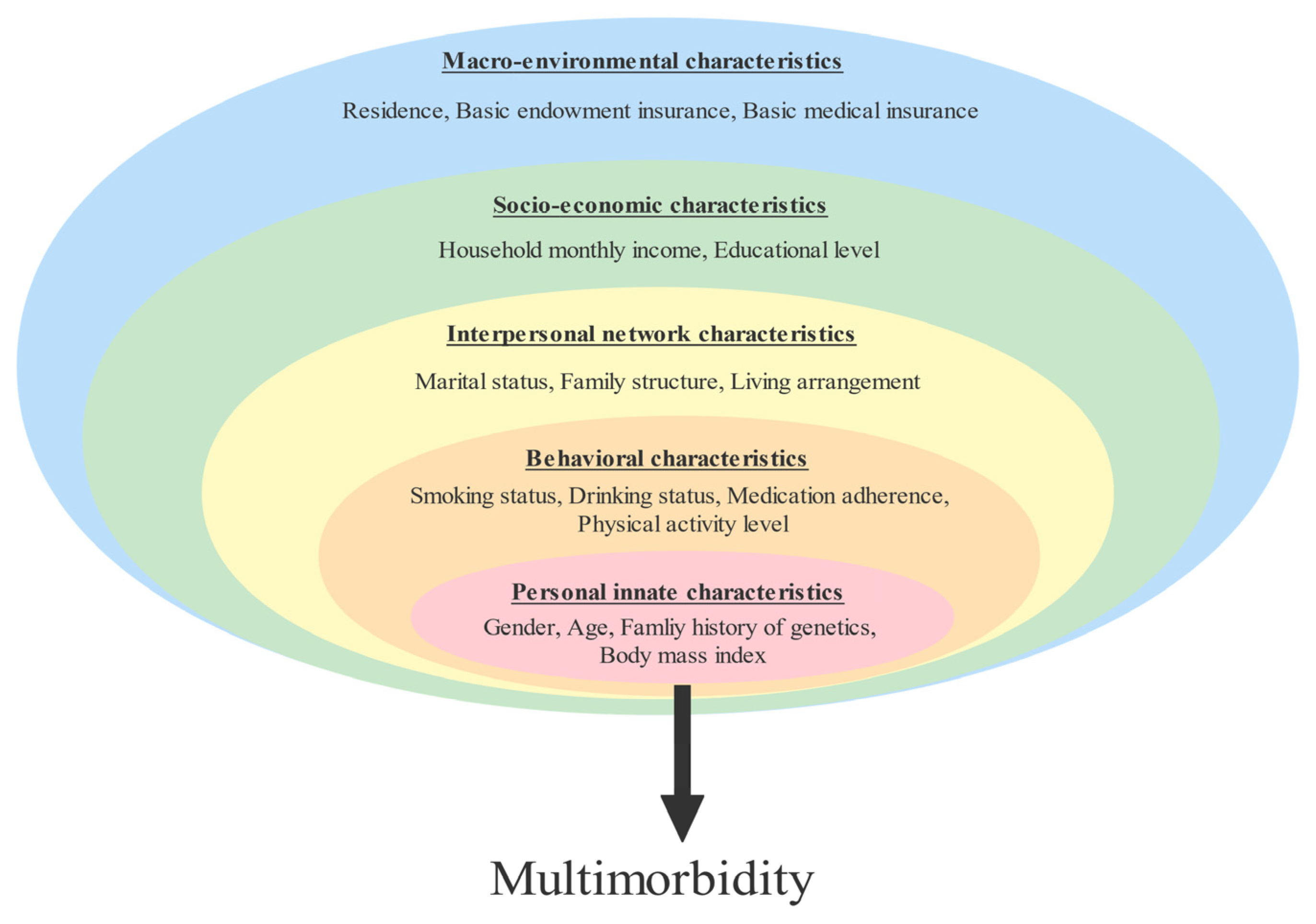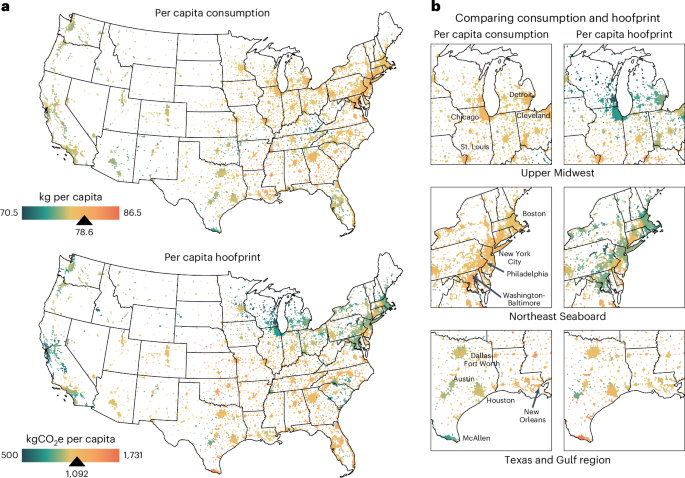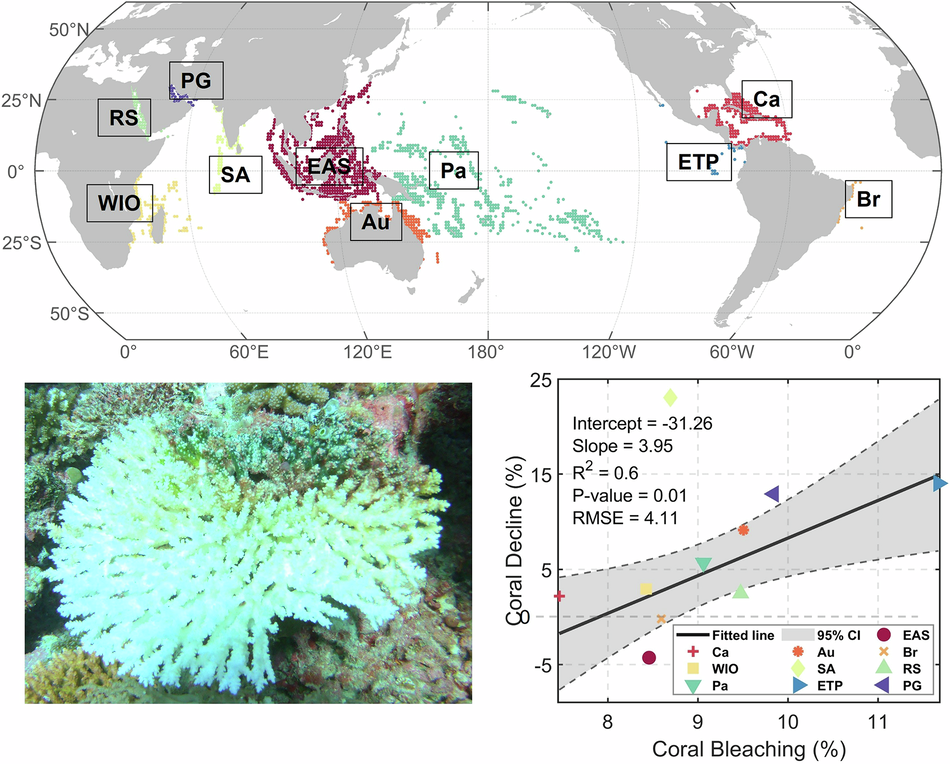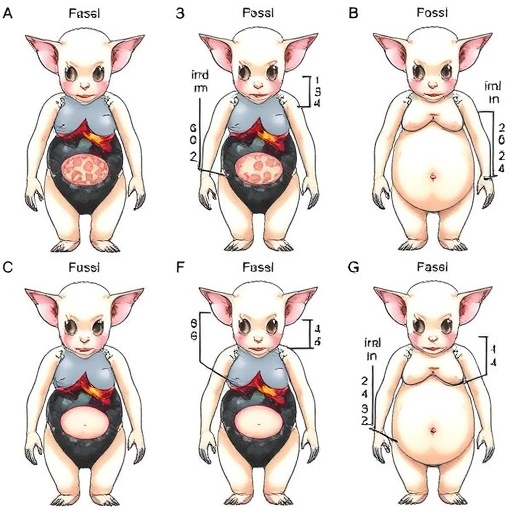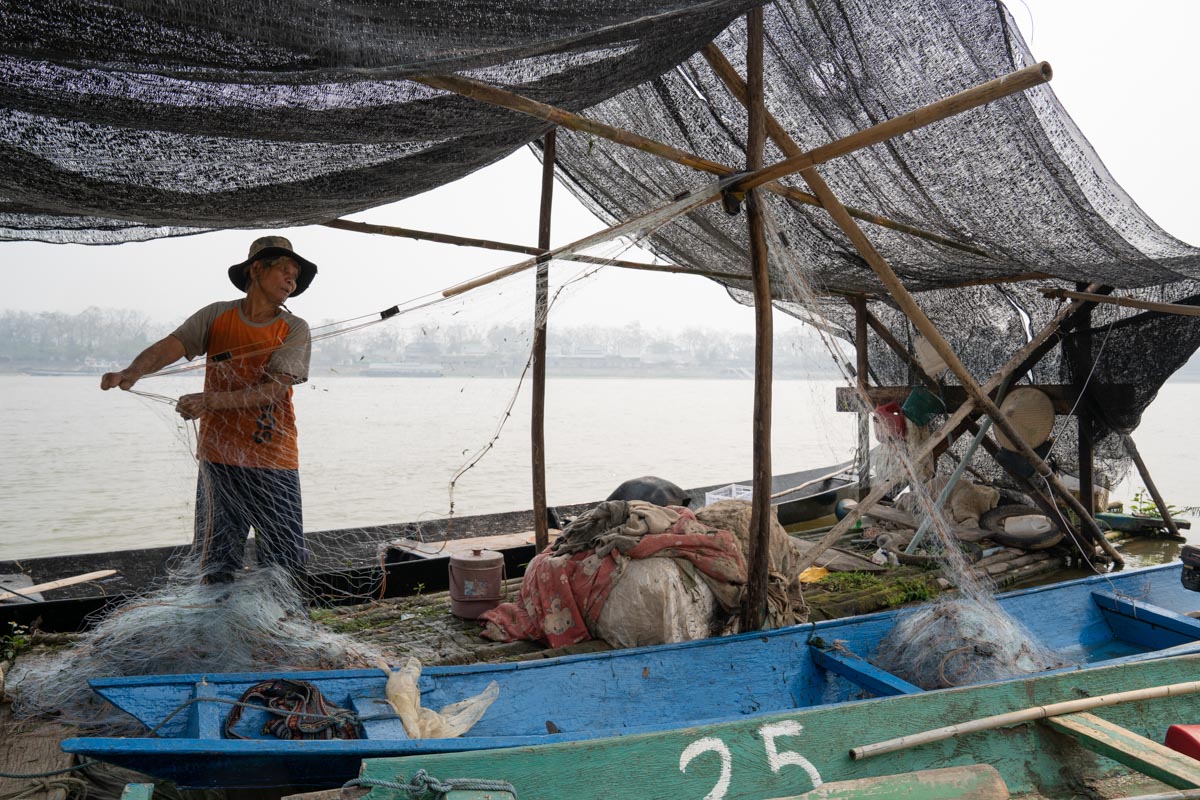Scandal-hit Spanish government unveils new measures in bid to tackle corruption – Yahoo

Report on Spanish Government’s Anti-Corruption Initiatives in Alignment with Sustainable Development Goal 16
1.0 Context: Corruption Allegations Threaten Institutional Stability
The Spanish government, led by Prime Minister Pedro Sánchez, is facing significant political pressure following a series of corruption allegations involving members of the ruling Spanish Socialist Workers’ Party (PSOE). These events present a direct challenge to the principles of Sustainable Development Goal 16 (SDG 16): Peace, Justice and Strong Institutions, which calls for the development of effective, accountable, and transparent institutions at all levels.
- A Supreme Court judge has ordered the pre-trial detention of Santos Cerdán, a former senior official and the PSOE’s organisational secretary, as part of a major corruption inquiry.
- Investigations are also underway concerning former Transport Minister Jose Luis Abalos and his aide Koldo Garcia, who are accused of involvement in a scheme to receive kickbacks from public works contracts.
- All implicated individuals deny the allegations.
- These scandals have prompted calls from political opponents for the Prime Minister’s resignation and a snap election.
2.0 Government Response: Reinforcing Commitment to SDG 16 Targets
In response to the political crisis, Prime Minister Sánchez has affirmed his government’s intention to remain in office and complete its term, scheduled to end in 2027. The administration has unveiled a comprehensive anti-corruption strategy, explicitly designed to strengthen public trust and align with the targets of SDG 16, particularly Target 16.5 (substantially reduce corruption and bribery in all their forms) and Target 16.6 (develop effective, accountable and transparent institutions).
3.0 Framework of the National Anti-Corruption Plan
The government has announced a plan comprising 15 measures, developed in collaboration with the Organisation for Economic Cooperation and Development (OECD). The strategy is structured around five core pillars aimed at systematically addressing corruption and promoting a culture of integrity, directly supporting the objectives of SDG 16.
- Risk prevention and bolstering institutional measures against corruption.
- Protecting whistleblowers to ensure accountability.
- Boosting the state’s capacity to investigate and punish corrupt activities.
- Enhancing the recovery of assets illicitly obtained through corruption.
- Fostering a national culture of integrity within public and private sectors.
4.0 Key Measures for Implementation
To achieve the goals outlined in the framework, the government will implement a series of specific measures to increase transparency, accountability, and punitive action against corruption.
- Institutional Oversight: A new, independent watchdog on integrity will be established.
- Technological Integration: Artificial intelligence will be deployed within the public sector contracting platform to automatically flag indicators of potential fraud.
- Political Finance Transparency: Independent audit requirements for political parties will be strengthened, and transparency regarding political donations will be enhanced.
- Whistleblower Protection: Guarantees of confidentiality and legal protection will be provided to whistleblowers, with companies and public administrations required to establish internal reporting channels.
- Public Procurement Integrity: Companies convicted of corruption will be blacklisted from receiving future government contracts.
- Legal and Penal Reforms: Sanctions against political parties will be toughened, criminal penalties for graft will be increased, the statutes of limitations for corruption cases will be doubled, and fines for convicted firms will be raised.
Analysis of Sustainable Development Goals in the Article
-
Which SDGs are addressed or connected to the issues highlighted in the article?
The primary SDG addressed in the article is:
-
SDG 16: Peace, Justice and Strong Institutions
This goal is central to the article, which focuses on government corruption, the political fallout, and the subsequent measures to strengthen institutions and ensure justice. The article details allegations of “graft,” “kickbacks for awarding public works contracts,” and a “corruption inquiry” involving high-level government officials. The government’s response, a comprehensive plan to “tackle corruption” and “root out graft,” directly aims to build more effective, accountable, and inclusive institutions, which is the core mission of SDG 16.
-
-
What specific targets under those SDGs can be identified based on the article’s content?
Based on the article’s discussion of corruption and institutional reform, the following specific targets of SDG 16 are relevant:
-
Target 16.5: Substantially reduce corruption and bribery in all their forms.
The article directly addresses this target by describing a “plot to get kickbacks for awarding public works contracts.” The government’s announced plan, which includes 15 measures, is explicitly designed to “tackle corruption.” Measures like blacklisting convicted companies from government contracts, toughening sanctions against political parties, and increasing criminal penalties for graft are all direct actions to reduce corruption and bribery.
-
Target 16.6: Develop effective, accountable and transparent institutions at all levels.
The scandal has exposed a lack of accountability and transparency. The government’s plan aims to rectify this by creating a “new, independent watchdog on integrity,” enhancing “transparency over political donations,” and introducing “artificial intelligence to the public sector contracting platform to flag signs of fraud.” These actions are intended to make governmental institutions more effective and accountable to the public, as called for by this target.
-
Target 16.10: Ensure public access to information and protect fundamental freedoms.
This target is addressed through the government’s plan to protect individuals who expose corruption. The article states that “Whistleblowers are to receive guarantees of confidentiality and legal protection,” and that companies and public administrations “will have to set up internal reporting channels.” These measures protect the fundamental freedom of individuals to report wrongdoing and ensure that information about corruption can be safely disclosed.
-
-
Are there any indicators mentioned or implied in the article that can be used to measure progress towards the identified targets?
The article implies several indicators that can be used to measure progress:
-
Indicators for Target 16.5 (Reduce corruption and bribery):
Progress can be measured by tracking the implementation and outcomes of the new anti-graft plan. Specific implied indicators include:
- The number of companies and individuals investigated, prosecuted, and convicted for corruption, as the article mentions ongoing probes and plans to “step up criminal penalties for graft.”
- The creation and maintenance of a public blacklist of “companies that have been convicted of corruption” to prevent them from receiving future government contracts.
-
Indicators for Target 16.6 (Develop effective, accountable and transparent institutions):
Progress can be measured by the establishment and operational effectiveness of new institutional mechanisms. Implied indicators include:
- The establishment and operational budget of the “new, independent watchdog on integrity.”
- The deployment and success rate of the “artificial intelligence to the public sector contracting platform to flag signs of fraud.”
- The implementation of “independent audit requirements for political parties” and new regulations enhancing “transparency over political donations.”
-
Indicators for Target 16.10 (Ensure public access to information and protect fundamental freedoms):
Progress towards protecting whistleblowers can be measured by:
- The number of “internal reporting channels” established within companies and public administrations.
- The enactment of legislation providing “guarantees of confidentiality and legal protection” for whistleblowers and the number of cases where this protection is applied.
-
-
Table of SDGs, Targets, and Indicators
SDGs Targets Indicators (as identified in the article) SDG 16: Peace, Justice and Strong Institutions 16.5: Substantially reduce corruption and bribery in all their forms. - Number of investigations and prosecutions for corruption (“corruption inquiry,” “probed”).
- Implementation of tougher sanctions and increased fines for corruption.
- Creation of a blacklist for companies convicted of corruption.
SDG 16: Peace, Justice and Strong Institutions 16.6: Develop effective, accountable and transparent institutions at all levels. - Establishment of a “new, independent watchdog on integrity.”
- Deployment of AI on public contracting platforms to detect fraud.
- Strengthening of independent audit requirements for political parties.
- Enhancement of transparency over political donations.
SDG 16: Peace, Justice and Strong Institutions 16.10: Ensure public access to information and protect fundamental freedoms. - Establishment of legal protections for whistleblowers (“guarantees of confidentiality and legal protection”).
- Creation of internal reporting channels in public and private sectors.
Source: ca.news.yahoo.com

What is Your Reaction?
 Like
0
Like
0
 Dislike
0
Dislike
0
 Love
0
Love
0
 Funny
0
Funny
0
 Angry
0
Angry
0
 Sad
0
Sad
0
 Wow
0
Wow
0












